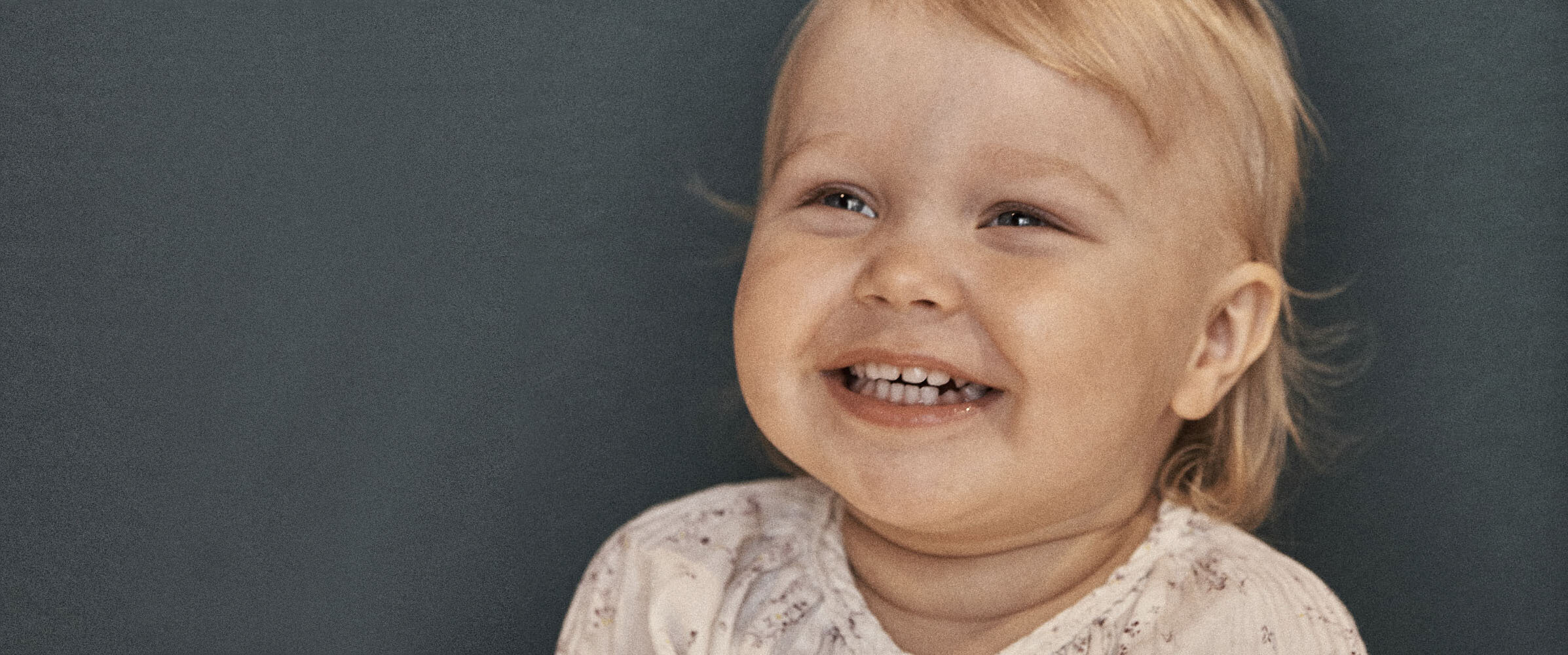
Principles of HEI pedagogy
The HEI Schools pedagogy is based on the Finnish model of early education. We work with our academic partner, the University of Helsinki, to incorporate the latest research into our curriculum.
The HEI Schools pedagogy is based on educational best practices, and our model is constantly evolving to provide high-quality early education for children around the world.
Holistic development
We view the child as a whole person and take into account every part of the child’s development and wellbeing. We pay close attention to children's socio-emotional, physical, creative and cognitive growth and character development. The HEI Schools curriculum supports children to be active agents in their own learning and development so that they learn to love learning.
Learning everywhere and all the time
Children’s learning is not limited to specific activities or the classroom. Every situation and moment is a chance to learn something new. The teacher’s role is to recognise these moments - like getting shoes on, eating, or exploring the outdoors - and boost the learning opportunities because children learn best when it is applicable to their own lives and personal experiences. Even babies can learn so much in daily caring moments, and we emphasize the importance of these opportunities.
The importance of teachers
We strongly believe that teachers matter. We recognize teachers as educators, not as babysitters, and as experts in their field. The curriculum is only as good as the teacher implementing it, so all teachers should be well-trained in research-based methods and engage in ongoing teacher training and development to deliver quality education. Their role is to encourage, support and guide children while maintaining a high level of independence, creativity and professionalism.
That’s why HEI Schools offers rigorous training for Education Centre teachers, provides tools for improvement in the HEI Schools Toolkit and offers a 10-module self-paced online certification course for individual teachers in the HEI Schools Teacher Certificate.
Play as a way to learn
Play is the most natural and motivating way for children to learn. It’s also very healthy. There are various forms and levels of play, and a professional teacher knows how to foster play with countless possibilities for children to learn. Play can happen through more organized activities or through free play where the teacher’s role is to enrich the play by offering suitable materials, opportunities, and environments and to observe children's skills, interests, social interactions and peer relationships.
The social experience of learning
Knowledge is socially constructed, which means that children learn through their relationships with others. The HEI Schools pedagogy emphasizes the importance of learning together in group activities and developing relationships with other children and trusted adults. The group size can vary, but no child should be isolated from peers based on their needs. Children learn the socio-emotional skills necessary to effectively interact with others in all types of activities. We also support children in noticing and naming their strengths and using them as the basis for learning new skills!
Learning through exploration
Children also learn through guided experimentation, and this is achieved by completing projects. “Project-based learning,” or “inquiry-based learning,” is part of our educational approach, and it involves a collaborative effort between children and teachers. Teachers work with the children to select a suitable project that fits the children’s developmental age and interests, and then the project exploration can be done in a small group or with the whole class. By searching for the answers together, children absorb the newly learned information better than if they were simply told the answer by the teacher.
The learning environment
The physical learning environment plays an important role in the children’s learning experience. Research proves that the physical space can change your brain by affecting behaviour, thoughts, emotions and wellbeing. A Well-designed space serves many functions in everyday learning and supports the wellbeing of children and teachers alike. We emphasize the importance of a high-quality space that is rooted in our Nordic heritage of everyday functional design, and we believe in the power of utilizing various learning environments. The natural environment is a very important learning space as well!







